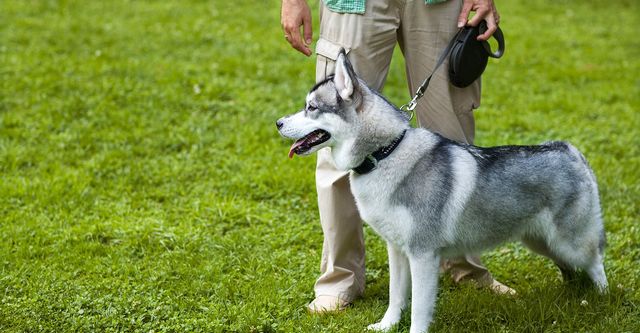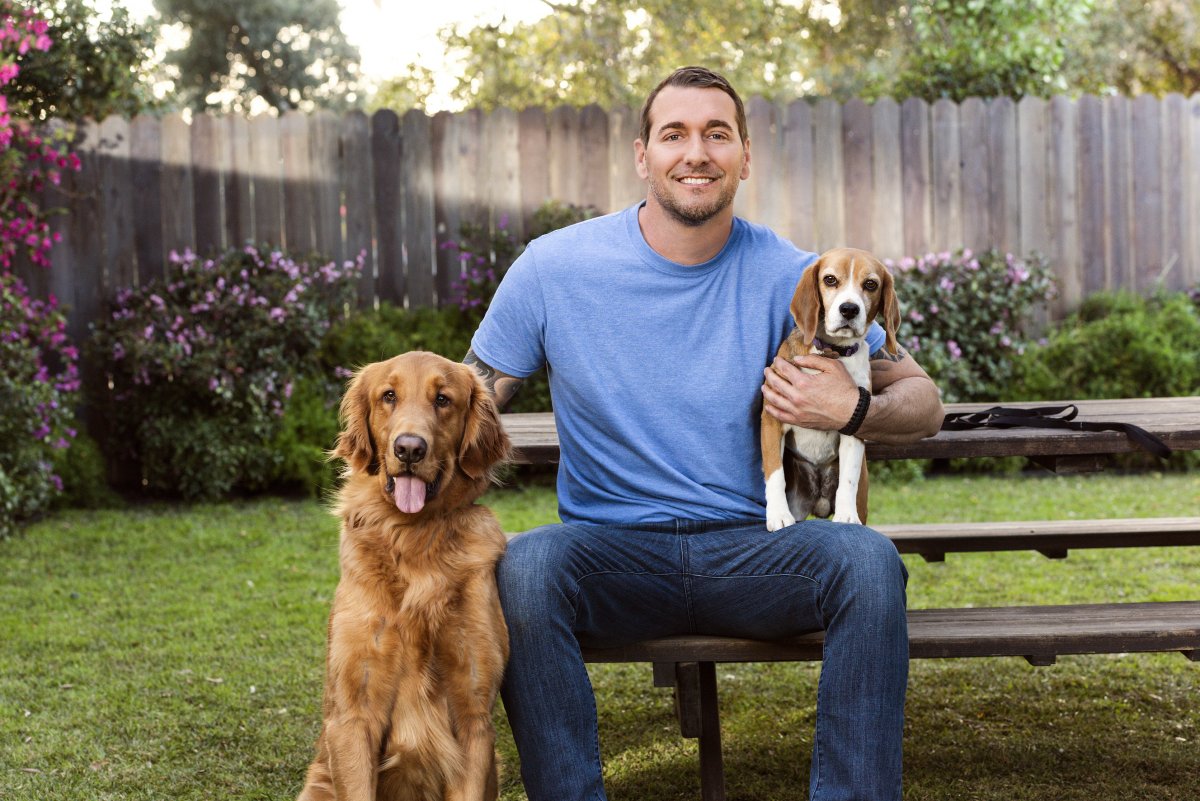Effective Dog Training Near Me for a Better Relationship with Your Pet
Effective Dog Training Near Me for a Better Relationship with Your Pet
Blog Article
Leading Dog Training Techniques Every Proprietor Ought To Know
Amongst the most noticeable approaches are favorable support, clicker training, and leash training, each offering unique advantages that add to a mannerly pet. As we check out these basic approaches, it comes to be noticeable that understanding their nuances can substantially influence the training experience and the canine's general actions.
Favorable Reinforcement Methods
Using favorable support strategies is essential for effective canine training, as it promotes a trusting bond in between the dog and the instructor. This method concentrates on satisfying desirable actions as opposed to penalizing unfavorable ones, creating a setting for finding out. Incentives can consist of treats, praise, or playtime, which inspire dogs to repeat the habits that make them these rewards.
Favorable support is rooted in the concepts of operant conditioning, where habits is influenced by its consequences. By continually satisfying particular activities, fitness instructors can form a canine's actions over time. For circumstances, a dog that rests on command and obtains a reward is most likely to duplicate that behavior in the future.
Additionally, this method improves the dog's interest for training sessions. They are extra involved and responsive when pet dogs connect training with positive experiences. Beyond instant therapy, favorable reinforcement urges a collective connection between the canine and trainer, minimizing stress and anxiety and concern.
To maximize performance, it is important to provide incentives quickly, ensuring the canine links the behavior with the reinforcement. Basically, favorable reinforcement techniques not just generate better-trained dogs but also promote an unified collaboration in between pet dog and owner.
Clicker Training Method
The remote control training approach is a very reliable method that builds on the concepts of favorable support by adding a distinctive noise to mark preferred actions. This method makes use of a small handheld gadget that generates a clicking audio, allowing fitness instructors to connect with their canines in a immediate and clear manner. When a dog executes an actions that the owner wishes to urge, the clicker is turned on, adhered to by an incentive, generally in the type of treats or appreciation.
The trick to successful clicker training depends on uniformity and timing. It is critical to click at the specific moment the preferred actions happens, making sure that the pet links the sound with the action and the succeeding incentive. This method not just boosts communication but likewise fosters a stronger bond in between the pet dog and the proprietor, as it motivates interaction and interaction throughout training sessions.
Clicker training can be related to a variety of habits and commands, from standard obedience to a lot more complex methods. Its adaptability and efficiency make it a popular method among professional instructors and animal proprietors alike, paving the method for a trained and receptive canine buddy.

Chain Training Basics
Efficient chain training is crucial for making certain a risk-free and pleasurable strolling experience for both pets and their proprietors. Chain training should begin early and be approached with persistence and uniformity (Dog training). Start by selecting a suitable chain and collar or harness. A level collar might function for some canines, while others may take advantage of a harness that decreases pulling.
Introduce your pet dog to the leash progressively, enabling them to explore it in a comfy atmosphere. This involves fulfilling your pet dog for walking close to you rather than pulling ahead.
If your pet starts to draw, quit strolling quickly. Furthermore, method various strolling environments to help your pet dog adapt to disturbances.
Normal technique will solidify your dog's understanding of leash etiquette. Bear in mind that chain training is a continuous procedure; patience and consistency will certainly yield the very best outcomes, cultivating a favorable experience for both click here for more you and your canine companion.
Socializing Techniques
Socializing is an essential element of pet dog training that should ideally begin throughout puppyhood yet can be advantageous at any kind of age. Efficient socializing aids dogs create confidence and lowers the probability of behavioral problems. To execute effective socializing strategies, subject your canine to a range of settings, individuals, and other animals.

Start with regulated settings, such as pup classes or arranged playgroups, where young pet dogs can interact securely. Gradually present your pet dog to new experiences, consisting of different sounds, surfaces, and tasks. Make sure these experiences are rewarding and favorable to develop a sense of security.
For adult pets or those lacking direct exposure, begin with low-stress scenarios. Short, positive communications with friendly people and tranquil dogs can produce favorable organizations - Dog training. Use deals with and appreciation to reinforce preferable behaviors throughout these experiences
Checking your canine's body movement is vital; indicators of worry or hostility should be resolved right away, either by getting rid of the dog from the circumstance or rerouting its focus. Regularly subjecting your pet dog to varied stimulations will certainly cultivate adaptability, making it a well-shaped friend efficient in flourishing in different setups.
Uniformity and Perseverance
Recognizing the importance of uniformity and perseverance in pet training is important for achieving lasting outcomes. Inconsistent training can lead to confusion, making it hard for the pet to comprehend actions or commands, eventually hindering progress.
In addition, perseverance is a critical component of effective training. Pets, like human beings, find out at their very own speed. Some might understand concepts promptly, while others may take longer. It is vital for owners to continue to be tranquil and encouraging, strengthening favorable habits without resorting to aggravation or penalty. This promotes a trusting partnership between the pet and owner, urging a much more enthusiastic and ready learner.
To grow consistency and persistence, establish a normal training routine, utilize the very same commands, and this link guarantee that all relative apply the exact same training concepts - Dog training. By doing so, you develop a stable atmosphere favorable to finding out, allowing your canine to prosper and create into a well-behaved friend

Verdict
Finally, reliable pet training methods, such as favorable reinforcement, clicker training, and correct chain training, are crucial for cultivating a healthy owner-dog relationship. Additionally, executing socialization techniques and maintaining consistency and perseverance throughout the training procedure adds substantially to a pet's total learn this here now wellness. By integrating these methods, pet proprietors can help with the development of well-adjusted, obedient pet dogs, eventually improving the lifestyle for both the proprietor and the pet dog.
Among the most prominent approaches are positive support, remote control training, and leash training, each offering one-of-a-kind advantages that contribute to a mannerly pet. As we explore these basic techniques, it ends up being apparent that mastering their nuances can significantly impact the training experience and the dog's overall actions.Using favorable support techniques is necessary for reliable pet training, as it cultivates a relying on bond in between the dog and the trainer.In verdict, efficient dog training methods, such as favorable reinforcement, clicker training, and correct chain training, are vital for cultivating a healthy owner-dog connection. By incorporating these methods, canine proprietors can facilitate the development of well-adjusted, loyal pet dogs, ultimately improving the top quality of life for both the proprietor and the pet.
Report this page